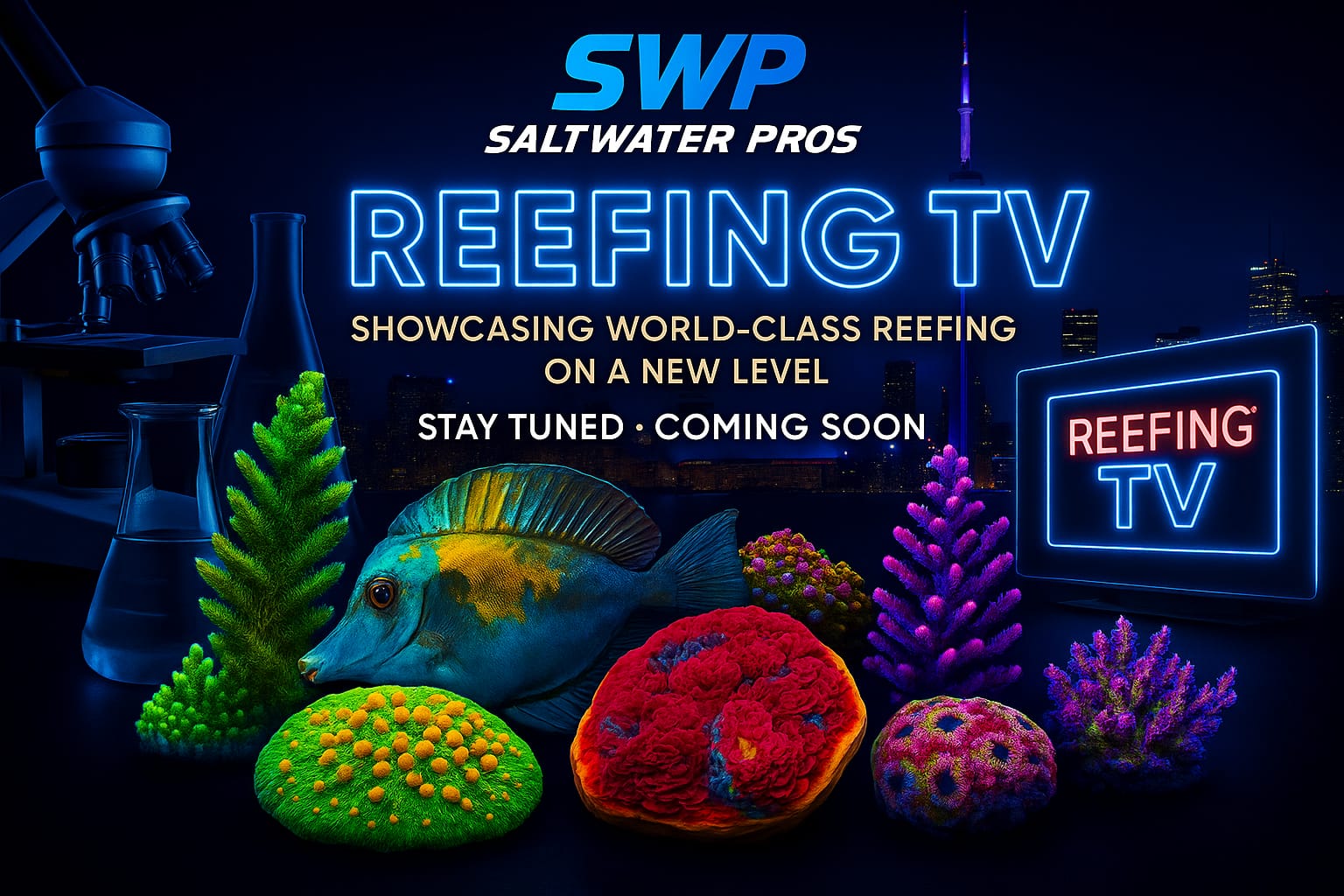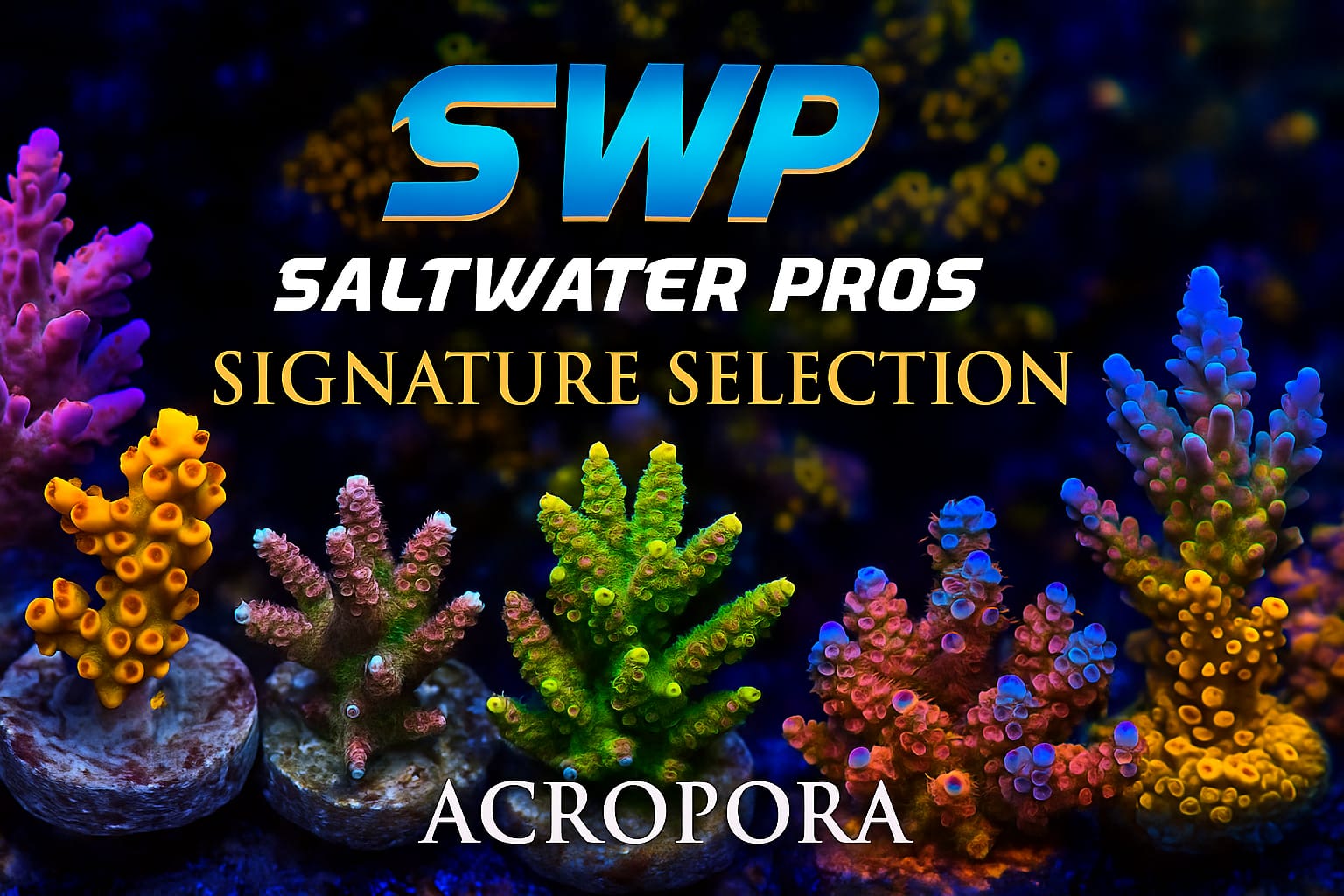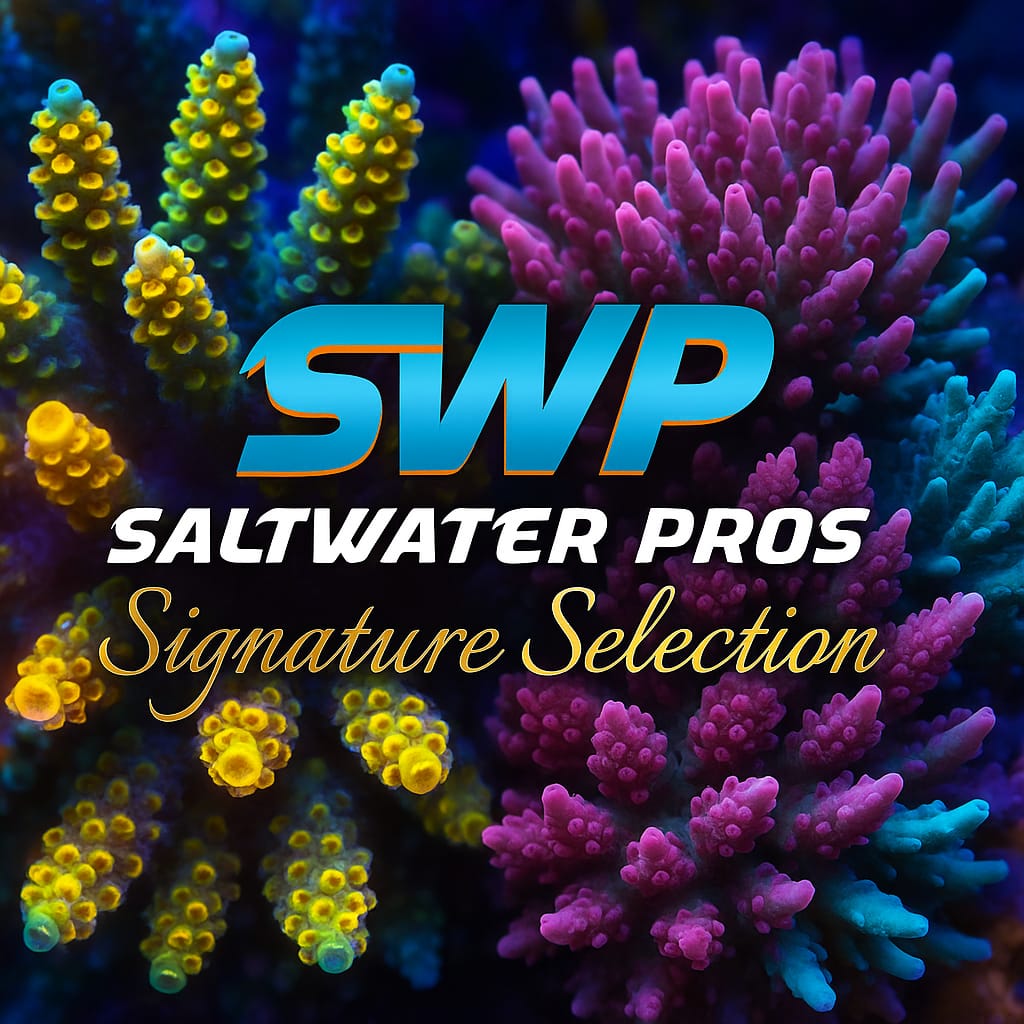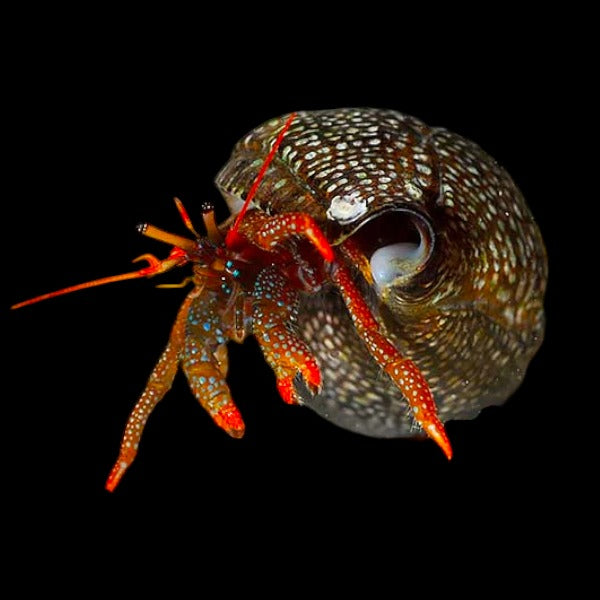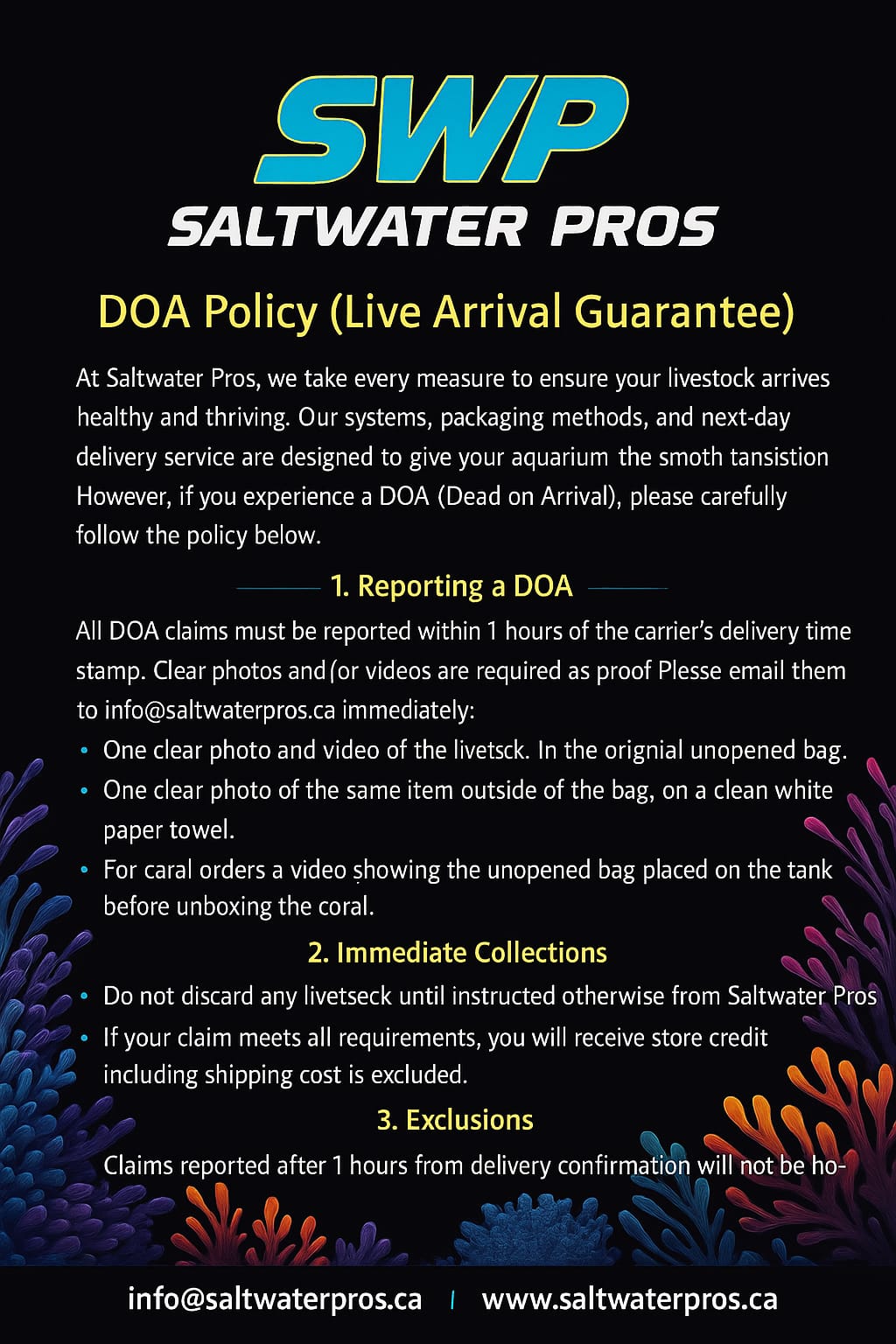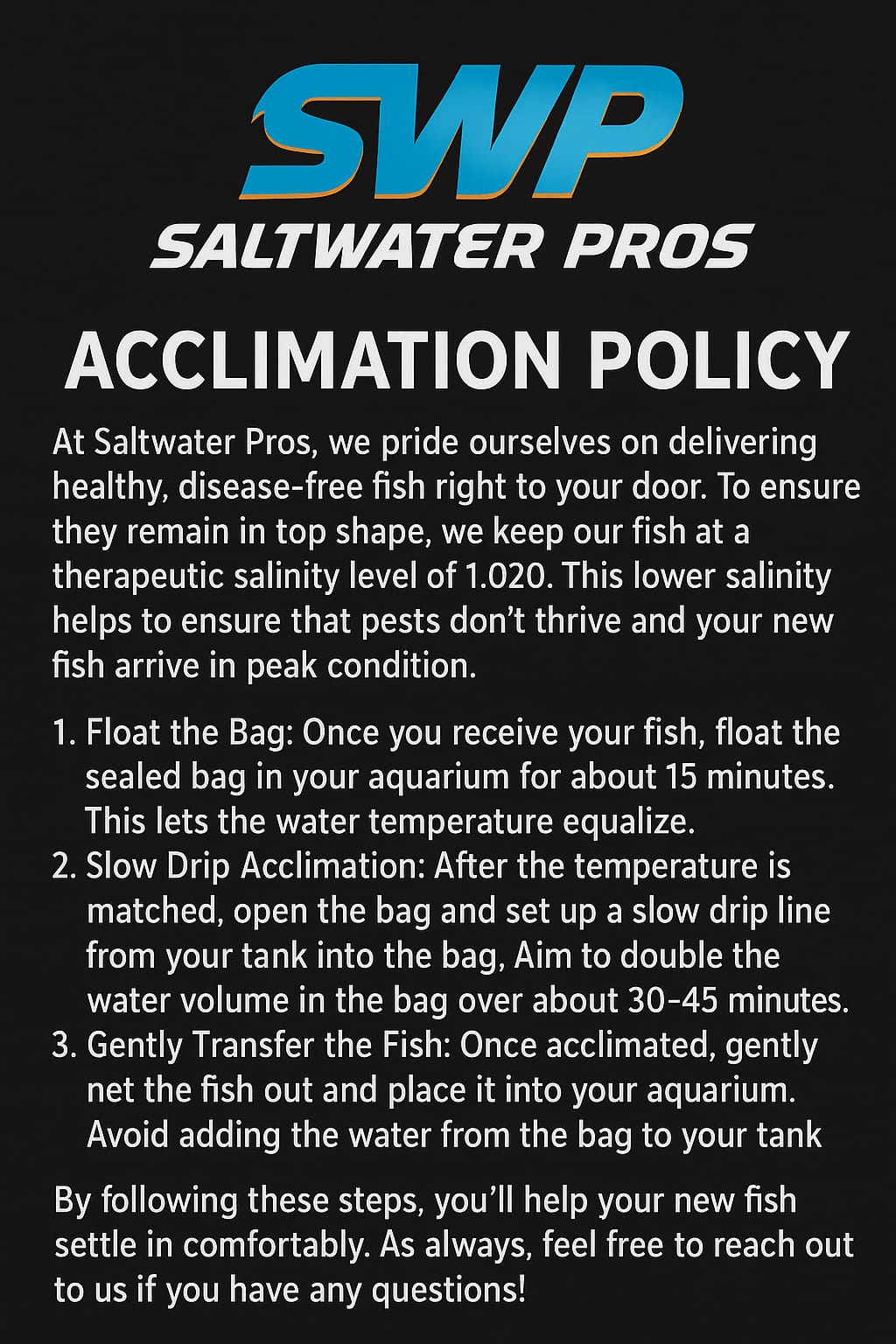Description
The Red Leg Hermit Crab (Clibanarius sp.) is a popular marine invertebrate often kept in saltwater aquariums, particularly for its scavenging and algae-eating abilities. These hermit crabs are known for their distinctive red or orange legs and their role in cleaning up detritus and algae in aquariums.
Here are some key characteristics and information about the Red Leg Hermit Crab:
Appearance: Red Leg Hermit Crabs are characterized by their reddish-orange legs, which stand out against their dark brown or blackish exoskeleton. They have a soft body that is protected by an empty gastropod shell that they use as their mobile home.
Behavior: These hermit crabs are scavengers and detritivores. They are known for their active behavior as they search for food, move around the aquarium, and sometimes engage in shell swapping, where they may find a more suitable shell to inhabit.
Habitat: In the wild, Red Leg Hermit Crabs are found in various marine environments, including rocky coastlines, coral reefs, and intertidal zones. They typically inhabit the sandy or rocky substrate.
Diet: Red Leg Hermit Crabs feed on detritus, algae, and leftover food in the aquarium. They help control algae growth and assist in the breakdown of organic matter.
Care: These hermit crabs are generally easy to care for in a well-maintained marine aquarium. They require access to a suitable substrate for burrowing and a stable environment with proper water quality.
Compatibility: Red Leg Hermit Crabs are typically peaceful and can coexist with a variety of marine species. They are often used in reef tanks to help control algae growth and maintain water quality.
Red Leg Hermit Crabs are appreciated for their algae-eating and detritus-cleaning roles in marine aquariums. They can help promote a clean and healthy environment, and their vibrant red or orange legs add visual appeal to the tank. Providing them with suitable conditions and a steady source of food will help ensure their well-being in captivity.
Here are some key characteristics and information about the Red Leg Hermit Crab:
Appearance: Red Leg Hermit Crabs are characterized by their reddish-orange legs, which stand out against their dark brown or blackish exoskeleton. They have a soft body that is protected by an empty gastropod shell that they use as their mobile home.
Behavior: These hermit crabs are scavengers and detritivores. They are known for their active behavior as they search for food, move around the aquarium, and sometimes engage in shell swapping, where they may find a more suitable shell to inhabit.
Habitat: In the wild, Red Leg Hermit Crabs are found in various marine environments, including rocky coastlines, coral reefs, and intertidal zones. They typically inhabit the sandy or rocky substrate.
Diet: Red Leg Hermit Crabs feed on detritus, algae, and leftover food in the aquarium. They help control algae growth and assist in the breakdown of organic matter.
Care: These hermit crabs are generally easy to care for in a well-maintained marine aquarium. They require access to a suitable substrate for burrowing and a stable environment with proper water quality.
Compatibility: Red Leg Hermit Crabs are typically peaceful and can coexist with a variety of marine species. They are often used in reef tanks to help control algae growth and maintain water quality.
Red Leg Hermit Crabs are appreciated for their algae-eating and detritus-cleaning roles in marine aquariums. They can help promote a clean and healthy environment, and their vibrant red or orange legs add visual appeal to the tank. Providing them with suitable conditions and a steady source of food will help ensure their well-being in captivity.
- Care level: Easy
- Temperament: Peaceful
- Diet: Omnivore
- Reef Compatible: Yes
- Family: Diogenidae

